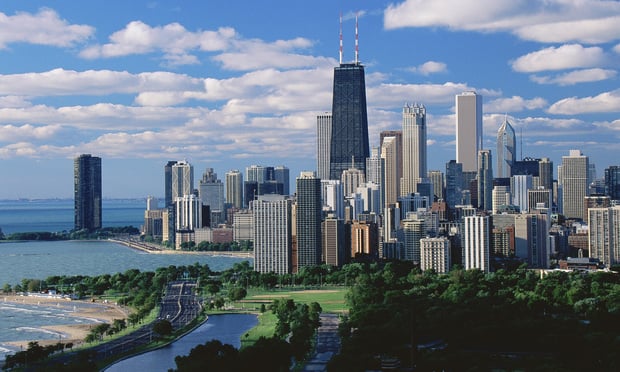CHICAGO—Cap rates for single tenant net lease properties have been trending down for quite some time, often hitting historic lows, but investors find few sectors as appealing as drug stores. And according to the most recent report from the Boulder Group, a commercial real estate services firm located in suburban Northbrook, IL, cap rates for top drug store brands have fallen since the third quarter of last year.
“Walgreens, CVS and Rite Aid single tenant properties experienced cap rate compression of 15, 17 and 25 bps respectively,” according to the new report. “Part of the compression can be attributed to the significant decline of 9% in the supply of drug store properties currently being marketed.”
The Walgreens rate now stands at 5.6%, with CVS at 5.9% and Rite Aid at 7.75%.
“Investors are attracted to these properties partly because they are one of the few opportunities with tenants that sign leases of 20 years or more,” Randy Blankstein, president of Boulder, tells GlobeSt.com. “And most people believe that pharmacies will always do well, especially since, unlike a lot of other retail, pharmacies are resistant to internet competition.”
Furthermore, investors in drug stores have access to a much wider variety of financing, such as CTL financing, than they would with other single tenant properties, Blankstein says. Getting CMBS financing is also a strong possibility, “which you usually can't get if the property is under $4 million.”
“Investor demand in the drug store sector remains active as evidenced by the 85 bp premium to the entire net lease retail market,” the new report states. The cap rate for the retail net lease market as a whole sank from 7.02% in the third quarter to 6.75%, but the drug store rate hit 5.9%. “With cap rates in the net lease retail sector at all-time lows, owners of drug store assets have added properties to the market at aggressive prices in attempt to take advantage of higher valuations.”
However, there was still a significant decline in the number of drug stores on the market. In the third quarter, for example, Walgreens had 156 properties on the market, but by this year that had dropped to 131, a decline of 16%. And drug store companies typically have limited expansion plans, creating increased competition among buyers and further adding to the cap rate decline.
“Walgreens is making a better return on investment by renovating existing stores rather than building new ones,” Blankstein says. “It's a lower cost and quicker return.” He does not expect to see much expansion from the brand “until the majority of stores get to the new, upgraded model.”
© Touchpoint Markets, All Rights Reserved. Request academic re-use from www.copyright.com. All other uses, submit a request to [email protected]. For more inforrmation visit Asset & Logo Licensing.







